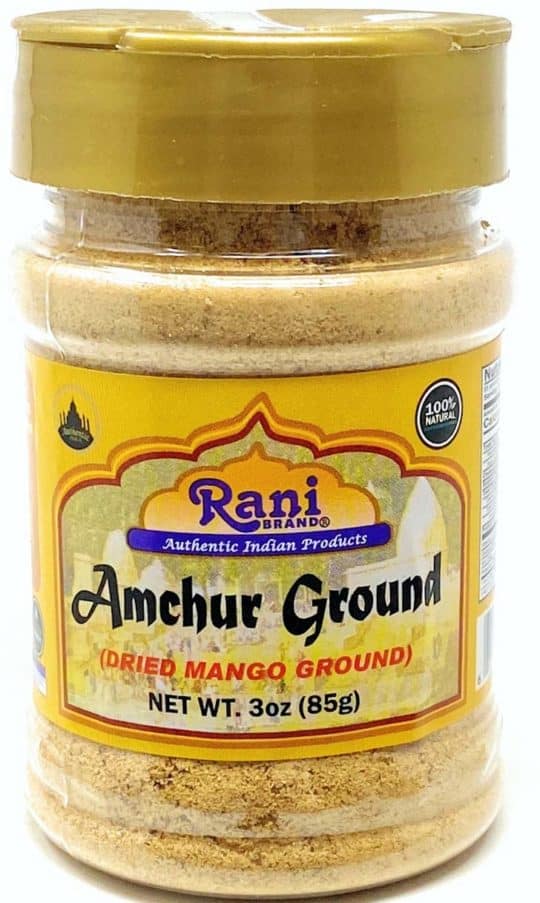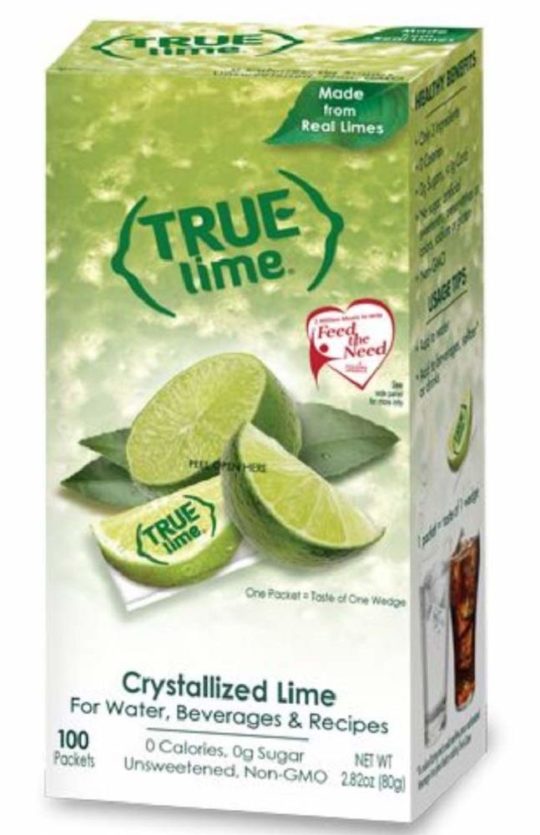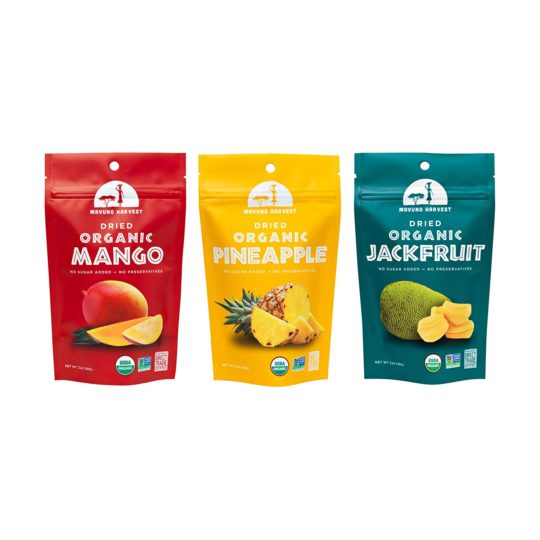Updated on April 9th, 2023
Lots of exotic ingredients are required when looking for an intense flavor for your dishes. And tamarind concentrate happens to be one of the most potent options available. The component is common in Asian and Middle Eastern cuisine and is renowned for its robust taste. And many stores around the U.S. regions have it on their shelves for your consideration.
But if you happen to live in areas where tamarind concentrate isn’t readily available, it may restrict you from specific recipes. Still, you can retain the fantastic flavor of the dish with handy substitutes that can replace tamarind paste. But first, let’s consider what this condiment is and why it’s such an exquisite addition to many dishes.
What is Tamarind Concentrate?
Tamarind concentrate is gotten from the pasty insides of the tropical-growing tamarind nut. The nut is a brown, pod-shaped fruit of the native African tamarind tree. It’s also known as tamarindo or Indian date and can be used fresh or dried. And it’s primarily available in the U.S. as a concentrated canned pulp or processed into tamarind concentrate.
Tamarind concentrate is a cooked down, highly flavored, overly sweet version of the fruit. It mostly comes with a pickling agent or preservatives, like sodium benzoate or citric acid. And it sometimes has a slightly harsh, slapping effect and aftertaste.
Tamarind Concentrate in Recipes
Tamarind concentrate has a distinct sweet and sour flavor that helps season, balance, and compliments the taste of many recipes. It effectively adds flavor to any recipe and is commonly used in Asian and Middle Eastern cooking. But you’ll also find the condiment as an integral part of some Thai and Indian delicacies.
Tamarind concentrate gives a sour quality to sweet side dishes. And its level of acidity is perfect for making meat tender, which is why it’s a primary ingredient in Worcestershire sauce. It’s also why the element is added to marinades to soften thick cuts of meat before they’re cooked. And it’s a primary part of Indian curries and spicy recipes, alongside fish sauce, sugar, and vinegar.
Tamarind concentrate is very versatile, and it’s a staple of so many recipes, including;
- Sauces
- Pad Thai
- Chutney
- Beef and broccoli
- Tamarind balls
- Vegetable curry
- Braised short ribs
- Tofu with chili jam
- Instant pot Sambar
- Dipping sauce
- South Indian tomato sauce
- Coconut soup
- Betel leaves with larb
- Salads
- Tamarind whiskey sour
- Spaghetti squash
- Chicken sauce
- Agua Fresca
Substitutes for Tamarind Concentrate
Though you may appreciate the many uses of tamarind concentrate in cooking, it may not always be available to you. So, for such times, grab any of these substitutes to create a similar complexity in sweetness and savor.
Amchoor Powder
This option is an excellent substitute for tamarind concentrate in any dish. And that blend of sweet and slightly sour that comes with tamarind concentrate can be gotten from it. Amchoor powder is an Indian ingredient made by cutting up and sun-drying green mangoes and then crushing them into powdery forms. And it has a similar slightly sour flavor that’s very close to tamarind concentrate but gotten from the unripe nature of green mangoes.
Tamarind concentrate is pasty and adds moisture to your dish, but this is something you can’t get with Amchoor powder. So, you’ll need to mix it with a reasonable amount of water when using it as an alternative to tamarind concentrate. Add enough water to one tablespoon of tamarind concentrate until it reaches the thickness of Amchoor powder.
Tamarind Pulp
This ingredient is probably the best substitute for tamarind concentrate in your recipes. Because their sources are from the same fruit, the flavor will be closest, making it the best in traditional dishes. But it requires a lot of work, as tamarind pulp is sold in dried, hardened blocks and must be restructured to enable efficiency in your recipes.
You’ll need to break off a walnut-sized piece of the pulp, soak it in ½ cup of warm water until you’re able to break the pulp apart with your fingers. Crush the pulp thoroughly into the water until it turns its color to dirty brown. Then, remove the pulp and its fibers from the liquid with a fine-mesh strainer, pressing it to drain as much liquid as possible. This procedure yields the equivalent of one teaspoon of tamarind concentrate.
Lemon or Lime Juice and Brown Sugar
For obvious reasons, this alternative doesn’t possess the texture feel of tamarind concentrate or even give the same flavor complexity. But it remains a great substitute in a variety of dishes. Lime or lemon juice can provide the same sweet and sour notes your recipes need, though it’s more fluid.
Mix equal proportions of lemon or lime juice and light brown sugar to fix the consistency. And once you’ve got the desired consistency, use it at a one-to-one ratio as tamarind concentrate.
Dried Fruits
This substitute is a splendid alternative as a mixture of various dried fruits alongside lemon juice works well to replace tamarind concentrate in many recipes. You only need a food processor to puree equal amounts of dried apricots, prunes, dates, and lemon juice and blend until they form a smooth pasty mixture. And once it’s ready, this paste can be used in the exact measurements as you would use tamarind concentrate in your dish.
The fruits will add the sweetness expected from tamarind concentrate, while the lemon juice contributes to the sourness. And it’ll work in anything from chutneys to traditional Asian and Thai dishes. But while the flavor may not be precise, it’ll still come close, so there’s no loss.
Vinegar with Sugar
A combo of vinegar and sugar is another feasible substitute you can try instead of tamarind concentrate in your recipes. However, vinegar with a strong flavor, such as balsamic or malt vinegar, should be avoided. So, mix equal sugar measurements and a mild-flavored vinegar for efficiency, like apple cider, rice, white wine, or distilled white vinegar. And you can use this mixture to substitute for tamarind concentrate in the same proportion in your recipes.
Frequently Asked Questions (FAQs)
Is tamarind paste the same as tamarind concentrate?
Normally, tamarind paste and tamarind concentrate are the same thing, as they come in containers, thick and smooth but spoonable. The only difference is that sometimes tamarind paste can mean natural extraction without adding preservatives, while tamarind concentrate means it has been processed. Tamarind paste also sometimes comes with seeds, while tamarind concentrate doesn’t.
How do you know if tamarind concentrate is bad?
You know your tamarind concentrate is bad when it begins to develop an off odor, appearance, or flavor. If you start to see molds, discard them immediately. If you find the container carrying your tamarind concentrate leaking, rusted, bulging, or badly dented, discard immediately.
Does tamarind concentrate need to be refrigerated?
Yes, tamarind concentrate needs to be refrigerated. This way, the freshness of the condiment is retained for longer. When properly stored in an airtight or resealable container, tamarind concentrate can hold for up to three months. And while it may sound like a choice, this storage condition is the best form of keeping it fresh in the fridge.
Conclusion
Tamarind concentrate is undeniably convenient as you can add it directly to your recipes with no rehydration. However, the absence of this goodness shouldn’t spell the end of a mind-blowing dish. You can still achieve your lip-smacking recipe without the hassle and with proper information and these convenient substitutes.





